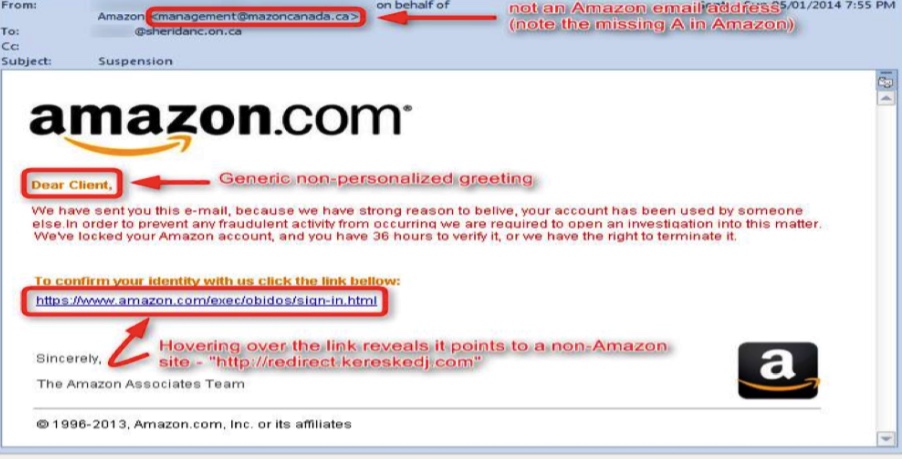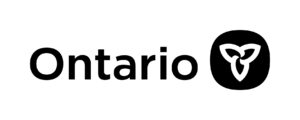There are many kinds of Spam Emails
Here are some examples of Spam Emails from scammers. Notice what they have in common:
- They may have spelling, punctuation and grammar mistakes (though in some cases, the email may be well written)
- The greeting is usually generic and not addressed to you personally
- They want you to click on a link. Hovering over the link indicates that you will be directed to a different website than claimed
- Similar to other scams, they pressure you to act immediately, usually with a threat (such as account cancellation)
Remember, as with all scams, the goal of spam emails is:
- To get your MONEY NOW
- To get your PERSONAL INFORMATION NOW so they can get your MONEY LATER












